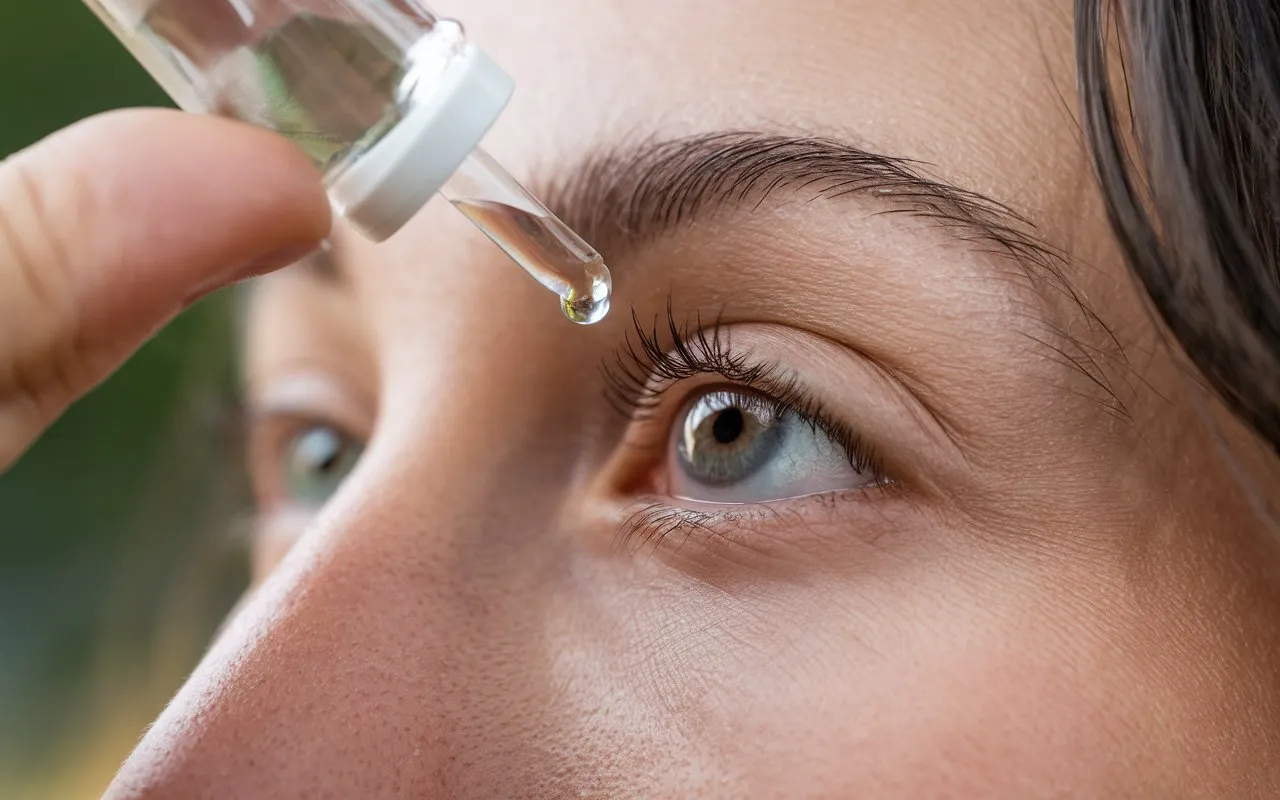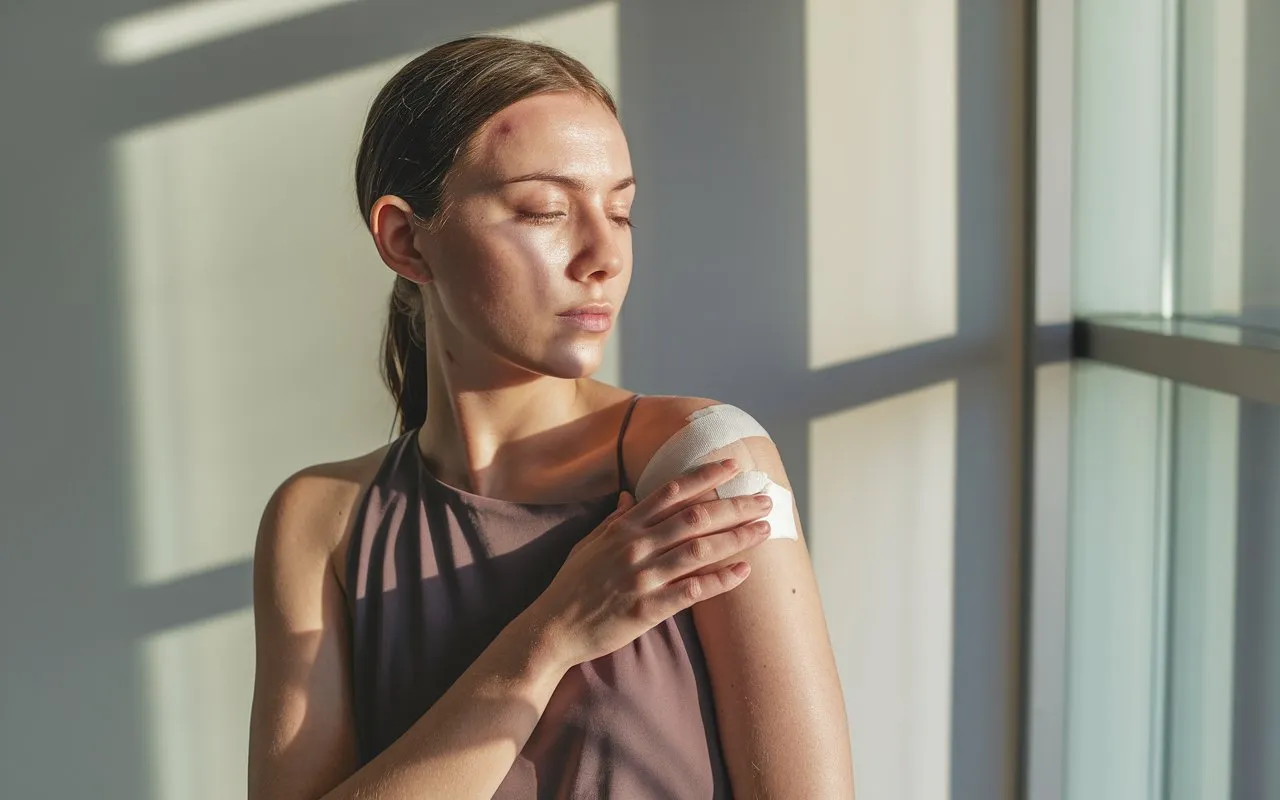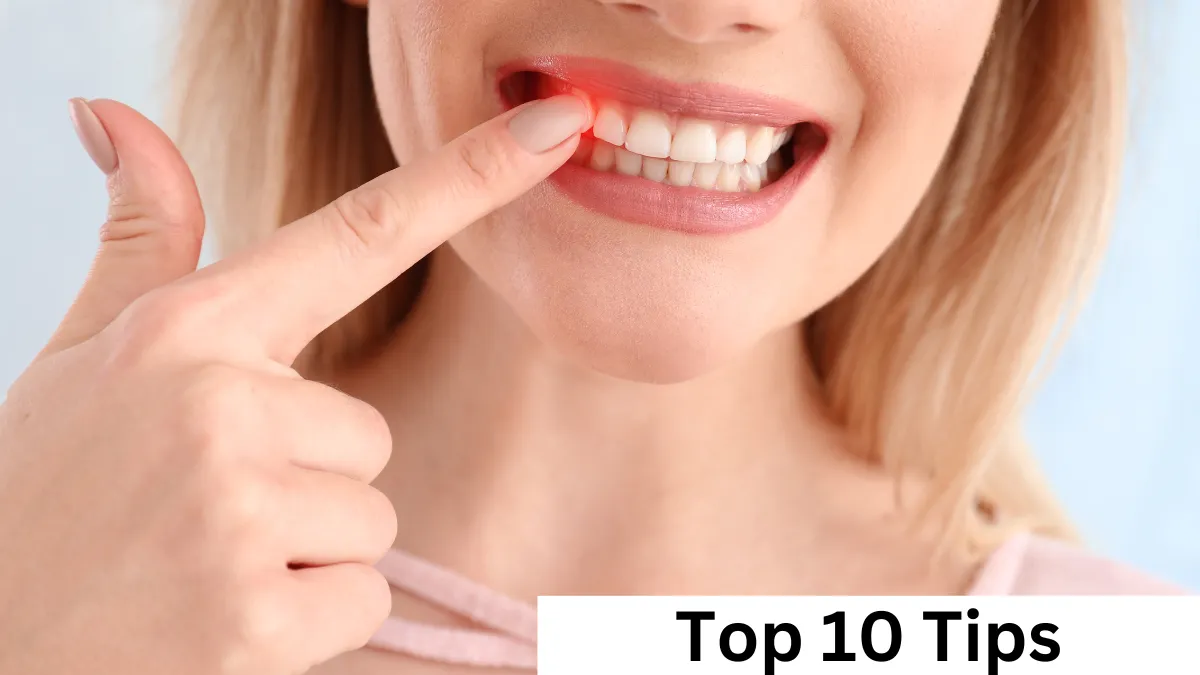Table of Contents
Can You Use Contact Solution as Eye Drops: Understanding the Basics
Have you ever wondered if contact solutions can be used as eye drops? This question might have crossed your mind when you desperately reached for your contact solution.
Many people are curious whether contact lens solutions can double as eye drops, especially when traditional eye drops aren’t available for dry eye relief, mainly if they are saline solution-based.
In this article, we’ll dive into the truth behind Contact lens solutions, such as saline, which are not meant for direct eye use and can irritate. Eye drops, recent updates, and essential reveal that might surprise you.
Can You Use Contact Solution as Eye Drops: What Is Contact Solution Made Of?
To understand whether Contact solutions can be used as eye drops, it’s essential to know what contact solution is made of, especially its components, and how they compare to solution and eye drops.
The contact lens solution is designed to clean and store contact lenses while helping the wearer lubricate them. It contains ingredients that remove debris, disinfect lenses, and hydrate them. Some standard components include:
- Disinfectants: Kill bacteria and other microorganisms.
- Buffers: Maintain a stable pH level.
- Lubricants: Keep lenses moist and comfortable.
While these ingredients are safe for contact lenses, they may not be suitable for direct eye application.
Can You Use Contact Solution as Eye Drops? The Risks Involved
Using proper eye care products is essential for those who wear contacts. Contact solutions, such as saline, are often confused with eye drops but serve different purposes. It might seem harmless, but it comes with potential risks. Here’s why it might not be a good idea:
Irritation and Discomfort
Contact solutions contain chemicals designed to clean lenses, not soothe or hydrate your eyes. These chemicals in contact lens solutions can cause irritation, redness, and a burning sensation when used as eye drops, highlighting the importance of using appropriate eye care products. Your eyes are more sensitive than your contact lenses, and using a solution meant for cleaning can lead to discomfort.
Infections and Contamination
One of the most significant risks of using contact solution in your eyes is that it may not provide the necessary rewetting effect that specialized eye drops offer. Contact solutions such as eye drops have the potential for infections.
Contact solutions are formulated to disinfect lenses but are not sterile enough for direct eye application. You are using them as eye drops, which can introduce bacteria or fungi into your eyes, increasing the risk of infections like conjunctivitis (pink eye) or even more severe conditions.
Not a Substitute for Real Eye Drops
Contact solutions lack the therapeutic properties of actual eye drops. Eye drops are specifically formulated to address issues like dryness, allergies, or redness, whereas contact lens solutions may not support the tear film as effectively. Using contact lens solution as a substitute means getting the relief or treatment your eyes may need, which is crucial for proper eye care.
Why People Consider Using Contact Solutions as Eye Drops
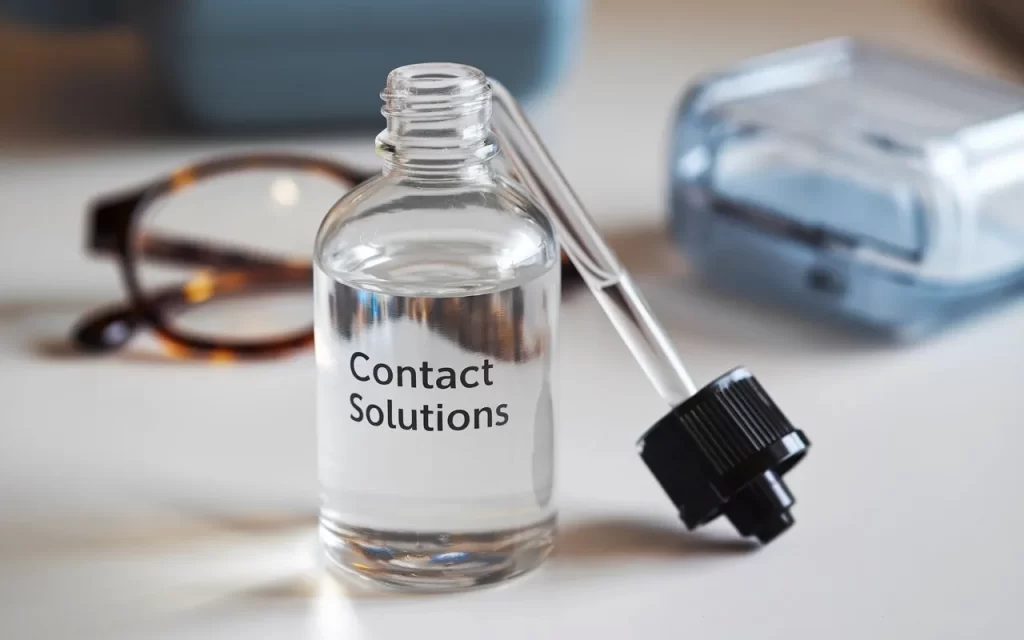
So why do people use contact lens solutions as an eye drop alternative? Contact solutions such as eye drops? There are a few reasons why this idea might come to mind:
Convenience and Availability
Sometimes, eye drops aren’t readily available, and contact solution is a convenient alternative. However, it’s important to remember that a contact solution differs from a saline solution designed explicitly for eye use.
You might be tempted to use what’s within reach, especially in situations where you’re experiencing discomfort or dryness. Still, it’s best to consult an eye care professional about using contact solutions in your eyes.
Misconceptions About Safety
Some people believe that because contact lens solutions are safe for lenses, they must also be safe for eye health, but this is not always true. This misconception can lead to the risky behavior of using contact solutions as a quick fix, not realizing the potential harm they can cause.
Cost-Effective Thinking
Eye drops can be expensive, and some might consider contact lens solutions a more cost-effective option for dry eye treatment as long as they understand the differences between contact lens solutions and eye drops.
However, this approach can backfire, leading to more significant expenses if an eye infection or other complications arise from improper contact lens solution use.
What to Do If You’ve Used Contact Solution as Eye Drops
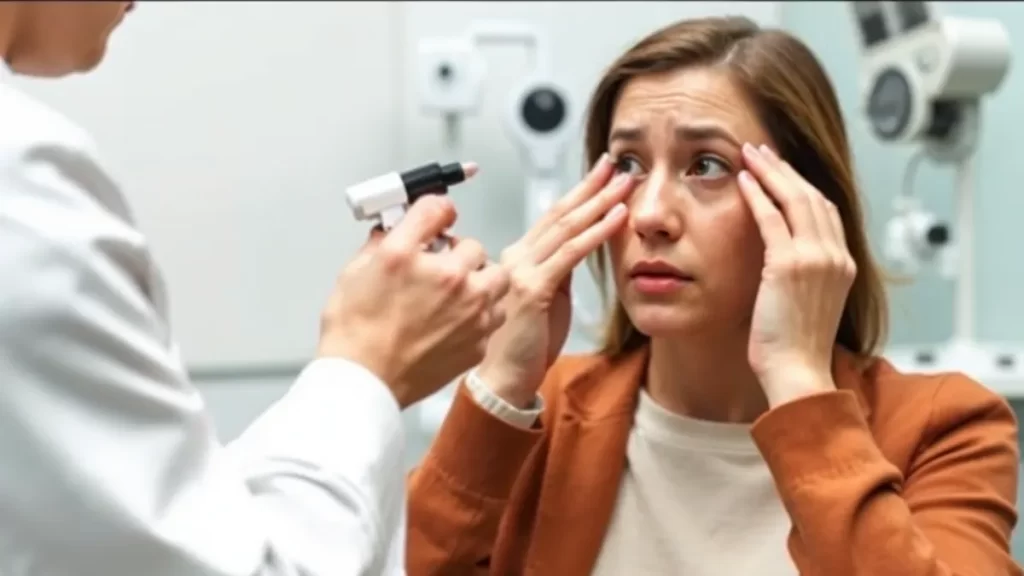
If you’ve accidentally used contact solution as eye drops, don’t panic. Here’s what you can do:
Rinse Your Eyes Immediately
When you realize the mistake, rinse your eyes with clean, lukewarm water or use a sterile saline solution. This can help flush out the contact solution and minimize irritation.
Monitor for Symptoms
Keep an eye on how your eyes feel after the incident. If you notice persistent redness, burning, or discomfort, it’s essential to seek medical advice. These symptoms could indicate irritation or an infection that needs professional attention.
Consult an Eye Care Professional
If you’re unsure about the effects of contact solutions such as eye drops, it’s always a good idea to consult an eye care professional. They can provide guidance, check for damage, and recommend the appropriate treatment.
Also Read: Costco Muffin Nutrition: Unveiling the Unexpected Facts You Need to Know
Can You Use Contact Solution as Eye Drops: The Right Way to Care for Your Having
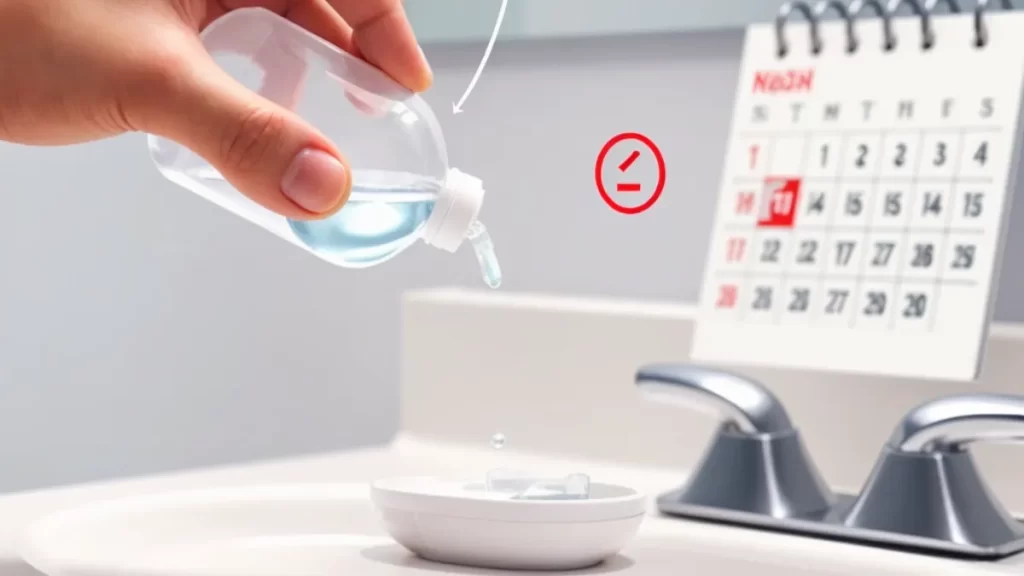
Having eye care products on hand is critical to avoid contact solutions such as eye drops. Here are some tips:
Always Have Eye Drops Available
Keep a bottle of sterile, preservative-free eye drops in your bag or at home. This ensures you have the proper solution available whenever your eyes need it.
Understand Your Eye Care Needs
Knowing what your eyes need—moisture, allergy relief, or redness reduction—can help you choose the right eye drops. Consult an eye care professional to determine which products best suit your needs.
Regularly Replace Contact Solution
Even though contact solution isn’t meant for direct use in the eyes, replacing it regularly is vital. This ensures your lenses stay clean and reduces the risk of contamination.
To sum up, can you use contact solution as an eye drops? The answer is a clear no. While it might seem convenient, the risks far outweigh the benefits. Contact solutions are not designed for direct application to the eyes, and using them in this way can lead to irritation, discomfort, and even severe infections.

